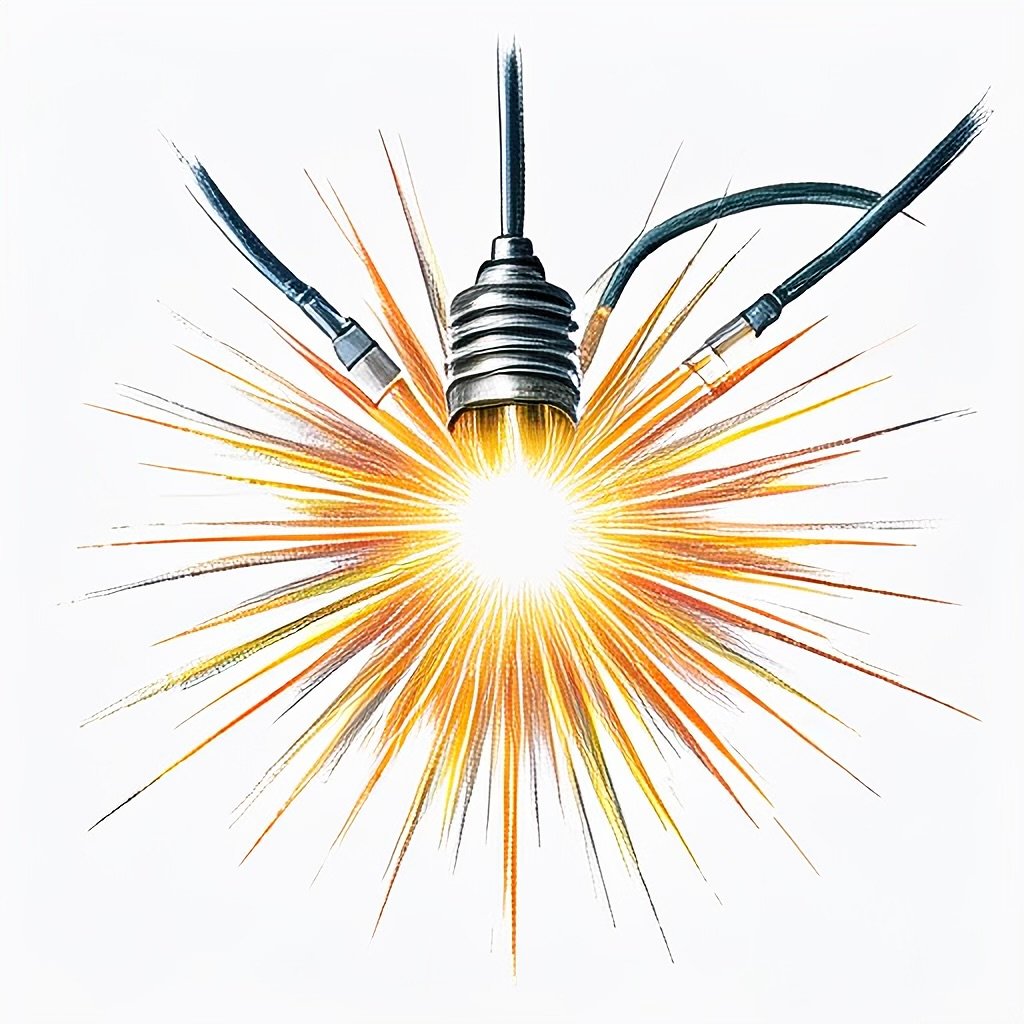Introduction
As summer approaches, the temperature rises and many animal owners find themselves concerned about the well-being of their horses in the heat. Understanding how horses handle these elevated temperatures is essential for ensuring their health and comfort. This blog post will explore the mechanisms behind equine thermoregulation and provide tips for owners to keep their horses cool.
Equine Thermoregulation
Horses are naturally equipped to cope with various temperatures, thanks in part to their thick coats and large body mass. When temperatures soar, horses manage their heat through a process called thermoregulation. They sweat, which allows for evaporative cooling, and they also increase their water intake to help with hydration. Additionally, horses tend to seek shade or cooler areas whenever possible during the hottest parts of the day.
Owner Tips for Keeping Horses Cool
As an owner, there are several proactive measures you can take to assist your horse in handling the heat effectively. Regularly check to ensure your horse has access to fresh and cool water. If you notice any signs of heat stress, such as excessive sweating, rapid breathing, or lethargy, it’s important to take action. You might also want to provide a fan in the barn or use ice packs on areas where blood vessels are closer to the surface, such as the neck and legs. Routine grooming can help remove dirt and sweat, promoting better air circulation around the skin.
Conclusion
Understanding how horses handle the heat is crucial for their health and performance. By knowing the signs of overheating and taking necessary precautions, you can ensure your equine friend remains comfortable and healthy throughout the summer. Whether it’s providing adequate hydration or shade, small adjustments can make a significant difference in your horse’s ability to cope with hot conditions.


Leave a Reply